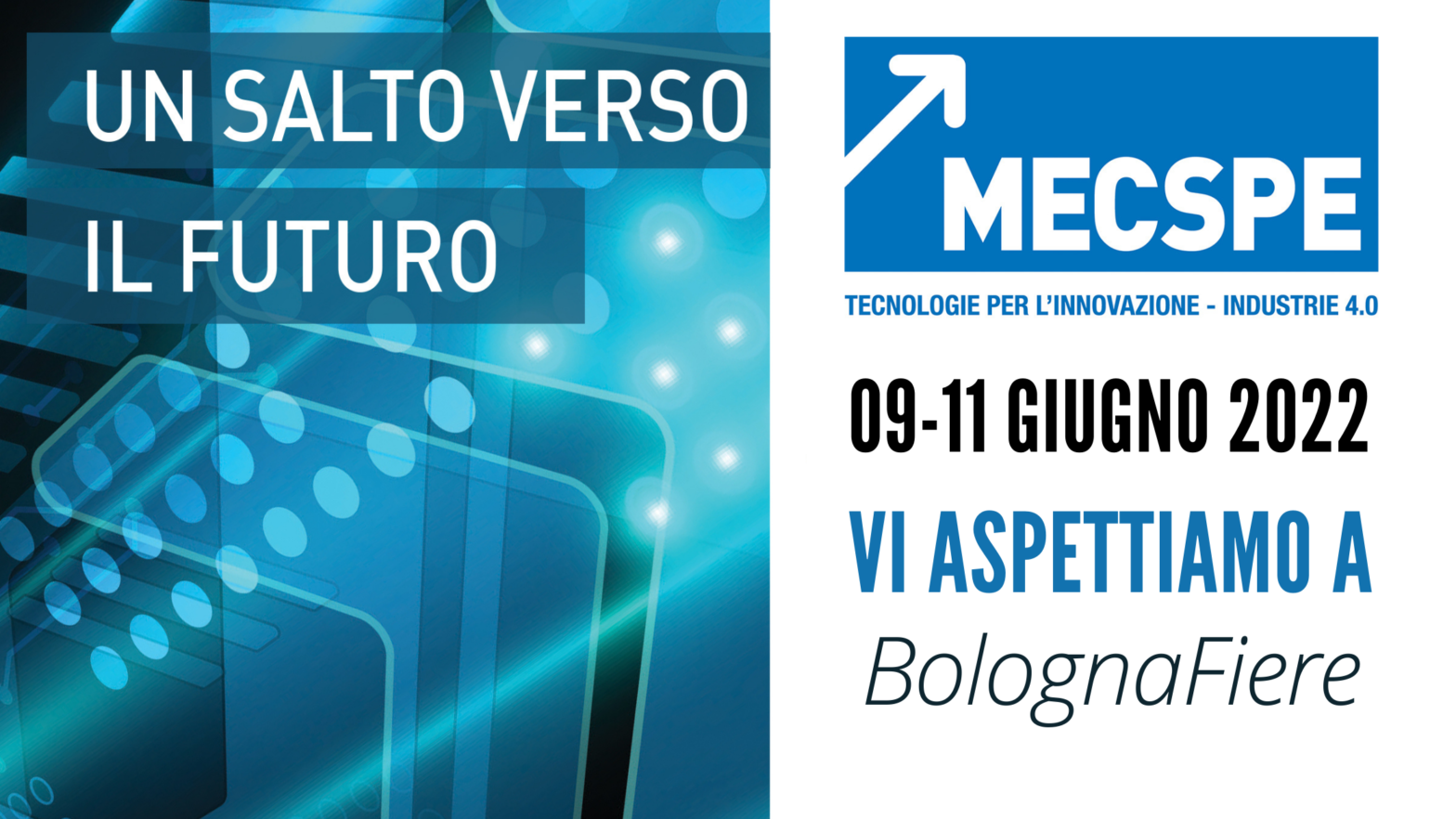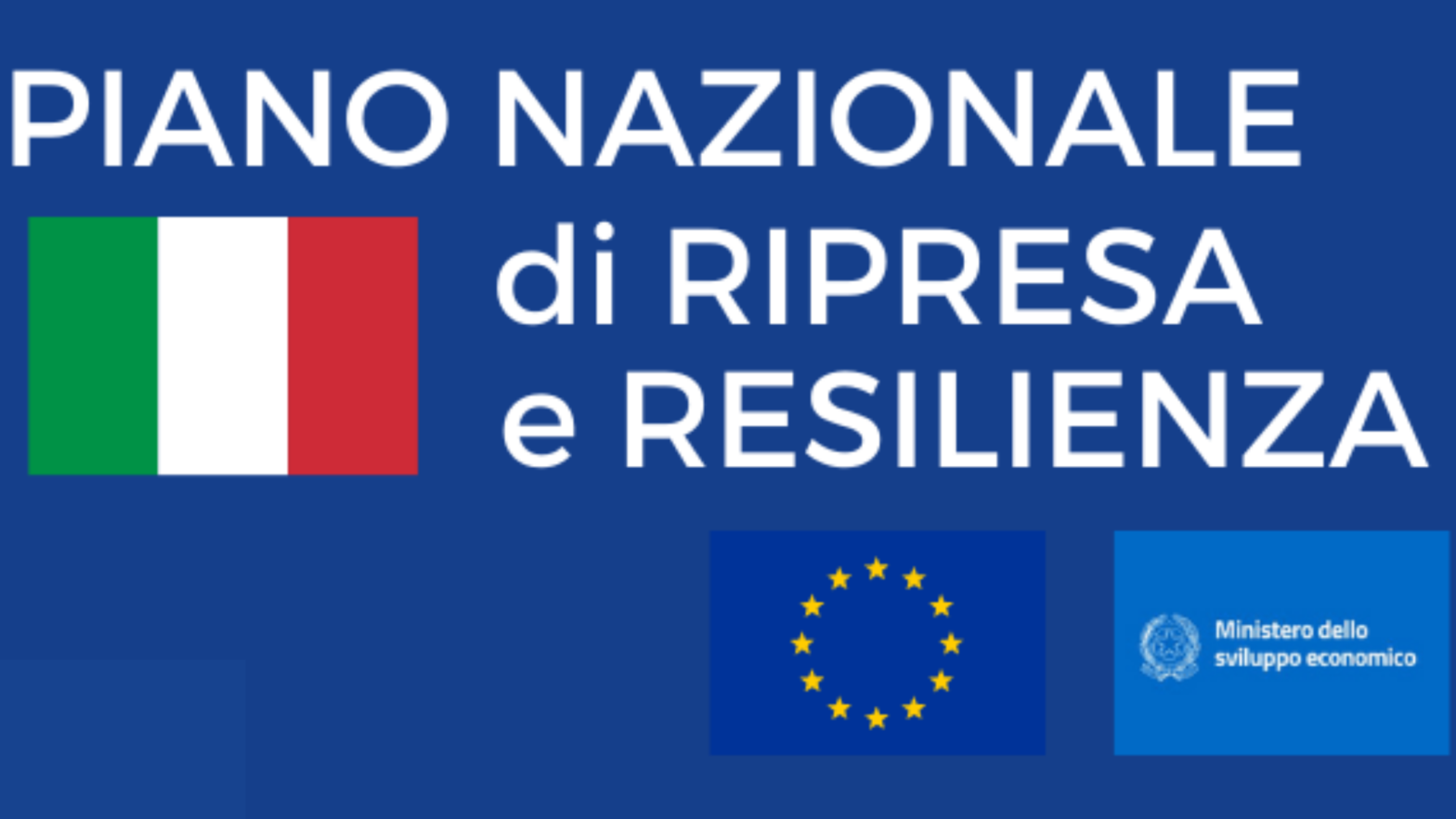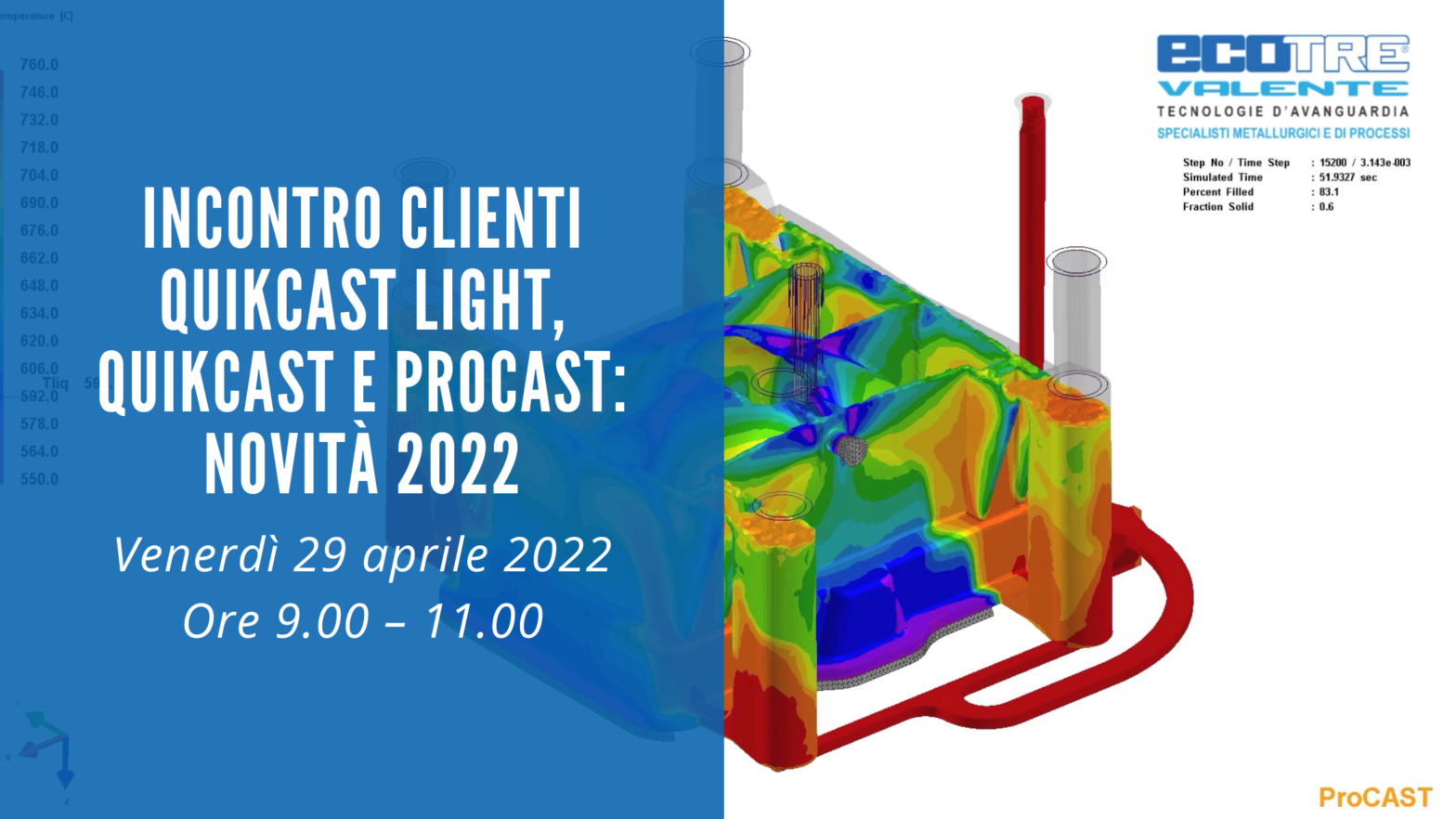QuikCAST and ProCAST Software Benefits
- Saves sampling time and costs
- Extends mould life
- Improves the superficial finish of the castings and their mechanical properties
- Eliminates porosity
- Streamlines the process
- Process optimization
Gravity Die Casting: What it is
Gravity die casting is a process in which foundries use gravity for pouring, through a filling channel, molten metal into steel casting moulds made in halves forming the “shell mould”, where the cast workpiece is formed. When the necessary cooling time has passed, the semi finished products are removed, becoming finished products after the finishing processes.
Gravity die casting is used to produce medium and medium-large series of pieces, as it ensures a good surface finish, a discrete dimensional accuracy and optimal mechanical features.
This casting process has critical factors such as shrinkage cavities, incomplete filling of the mould, cleaning of the fusion and detachment of the casting from the mould.
Gravity Die Casting Simulation: How it works
The casting simulation software is widely used today in different foundry applications and is fundamental as it eliminates sampling, enhances product quality and process productivity, with the advantage of reducing time and costs.
There are 2 software programs: QuikCAST and ProCAST, dedicated to the Gravity die casting process and which can satisfy all budgets. Our software are complete as they simulate static and tipped pouring, any type of core, cold-box, shell, inorganic and include all alloys, steels, materials, filters, coatings, sleeves, burners, air, oil and water heat conditioning circuits.
The 2 QuikCAST and ProCAST software programs run a virtual sampling and automatically supply the map and size of metallurgic defects, residual stresses, the final geometry of the component for the dimensional check, the mechanical features and deformation of the shell.
About Us
FOMT, foundry di Grugliasco (To), writes: “…the ease of use, the quick calculations and compatibility between ProCAST and the foundry allowed us to achieve higher quality and productivity, getting personnel involved, who now consider simulation a normal, though essential task, and full of satisfactions.”
What customers say about QuikCAST and ProCAST:
FOMT, foundry di Grugliasco (To), writes: “…the ease of use, the quick calculations and compatibility between ProCAST and the foundry allowed us to achieve higher quality and productivity, getting personnel involved, who now consider simulation a normal, though essential task, and full of satisfactions.”
For the purchase, hire or a DEMO of the software or if you want to take advantage of a simulation service specially-made by our technical department, write or call us at +39 030 3365383
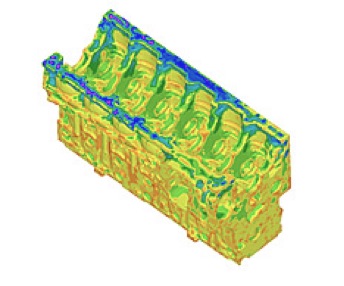
ELONGATION
The software can provide the elongation % map
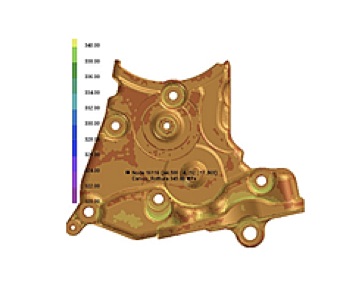
ULTIMATE TENSILE STRENGTH
The simulator provides the map of the Ultimate Tensile Strength of the Component “As Cast” and after Heat Treatment

YIELD STRESS
The simulator provides the map of the Yield Stress of the Unfinished Component and after Heat Treatment

HARDNESS
The simulation can indicate the Hardness that can be obtained and its profile through its thickness

SDAS
The casting simulator shows the map of the SDAS (Secondary Dendrite Arm Spacing), a useful indicator of component performance

GAS POROSITY
Map of Porosity from Gas encapsulated during filling. Reduction of mechanical and bonding performance of the component

OXIDES
The alloy oxidizes during filling and the simulation points out where the oxides hide and where they move during filling

DELAMINATIONS
The simulator shows the delaminations, related to imperfect bonding of the alloy during filling

INCOMPLETENESS
Incomplete pieces or with joinings and retrieved lines
Undersized gating system or incorrect gas exhaust

SHRINKAGE POROSITY
Map of Shrinkage Porosity.
Geography and Dimension of defect in mm3.

CRACKS
Map of hot and cold cracks on casting

DIMENSIONAL
Dimensions and deformations of piece during solidification, extraction, cooling, blanking and any heat treatment

CO-DESIGN
Eliminate defects by acting on the causes and not on the effects

ALLOYS
Impact of the alloy on the mechanical features and on the defects

CHEMICAL ANALYSIS
QuikCAST Light, QuikCAST and ProCAST characterise the alloy initiating from the chemical analysis. Assessment, for example, of the consequences of the addition of 200 ppm of Strontium
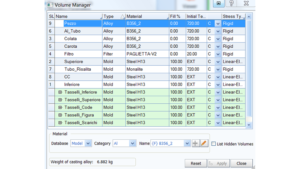
DATABASE
Complete archive of mould steels, sands, cores, insulation and exothermic sleeves, chillers, shells

DESCRIPTION
The simulation allows you to set a preview of the ideal process parameters for production of the component. This way the actual sampling underwent a positive result by eliminating fine tunings for the correct set of process parameters. Furthermore, the Optimizer Module of the software automatically defines the minimum and maximum ranges of the parameters guaranteeing the consistency and stability of the process.

DIE
The casting simulation shows the thermal die cycling simulation, the conditioning or thermal circuits, lubrication, deformation and die duration

PLATE
Optimization of the plate, positioning of the chillers, sleeves, filters and die assembly of the cores. Maximum yield.

CASTING MACHINE
The casting simulation allows you to know the required casting machine and therefore the tonnes necessary

SYSTEM
Simulation of the entire injection cycle, complete with container, riser tube, tipping, automatic, manual system
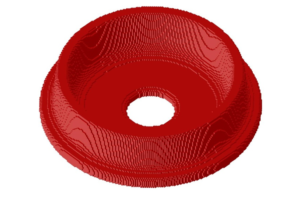
FINITE VOLUMES
The finite volumes or Finite Differences Technology is the introductory technology to casting simulation.
QuikCAST

FINITE ELEMENTS
The Finite Elements Technology is the top technology that provides the maximum performance of the casting simulator.
ProCAST









